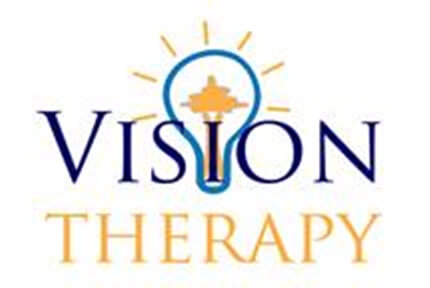
Written by: Theola Li, Univeristy of Waterloo Forth Year Optometry Intern
We are all aware of what being lazy means; unwilling to wake up in the morning, watching TV instead of doing work, staying at home to eat instead of going to the gym. But what does an eye being “lazy” mean? When asked, many people may explain that they have a “lazy eye” due to one eye turning in or out. Even a simple image search on Google results in pictures of people with crossed eyes. Others believe “lazy” refers to eyelids drooping or one eye looking smaller. However “lazy eye”, the common term for “amblyopia”, is a condition that cannot be easily seen. Amblyopia is when one or both eyes has not developed the ability to appreciate detail to the 20/20 acuity standard. As a result, the amblyopic eye(s) sees blurry images even when corrected with glasses or contact lenses.
So what causes an eye to not see as well as it should, quote-on-quote “lazy”? The common lazy eye misconception of an eye turn, also known as strabismus, is not entirely incorrect since it is commonly associated with amblyopia. With strabismus, the brain may ignore the misaligned eye. Having a high prescription in one or both eyes also causes poor vision if not corrected early. Disease states such as congenital cataracts and retinoblastoma may completely block light from entering the eye, again preventing the eye from seeing properly. An eye deprived of visual cues or detail by the aforementioned ways will not develop to its full potential and become amblyopic.
As mentioned previously, amblyopia cannot be physically seen, but there are other cues that may tip it off. Some people may squint or close the poor eye in order to allow the better eye to dominate when viewing. Learning may also be slower because of problems focusing both eyes and using both eyes together. One definite consequence of having an eye that sees blurry is the lack of stereovision, otherwise known as depth perception. Stereopsis depends on the brain combining images seen with both eyes so that one notices closer objects popping out. Without this element of vision, people may bump into things or miss when grabbing things. With the advancement of technology, popularity of 3D movies has increased and those with amblyopia cannot appreciate the depth created by these movies. Though there may be several symptoms, amblyopia remains difficult to notice. The only way to avoid the “lazy eye” is not to be lazy and pay a visit to the optometrist.
Ideally, amblyopia should be caught early to allow treatment before the condition becomes severe. Any amblyopia involving a prescription should be corrected as such in hopes that the poor eye can see optimally and be developed to potential. If correction alone cannot cure the amblyopia, patching of the good eye may be added to treatment plan. This method forces the amblyopic eye to be used more often with the expectation that the eye-to-brain connection may be improved. Though this is one of the simplest treatments, patching may come with adverse effects on psychosocial functioning. Children, especially older, are aware of the esthetics of the patch and can become non-compliant. Wearing a patch on the face for several hours a day for months may also be annoying and result in treatment difficulty. A good alternative to the straightforward patch is Atropine, a drug that 'freezes' the focusing muscles of the eye. Atropine treatment is a relatively new concept that allows people to undergo treatment without clearly appearing so. One drop instilled can cause blurry vision at near distances to the good eye for up to two weeks. For those with moderate amblyopia, this therapy again pushes the poor eye see without the other eye dominating. If the patient is not compliant to patching and atropine, alternative methods using bangerter foil and optical penalization are available. You should speak to your eye care professional if interested.
Patching alone used to be the gold standard for treating lazy eye. However, recent ophthalmology research has shown that exercises that teach the brain how to use the two eyes to gain depth perception is equally important. This is known has binocular vision exercise or vision therapy. Without these exercises, then there is a chance that vision regress after patching. Vision therapy utilizes special activities to ensure both eyes must be seeing relatively equally. An example involves the well-known Tetris game where the good eye sees the already piled blocks at the bottom and the originally amblyopic eye sees the falling block. Both eyes must be equivalent in vision in order for the player to correctly position the falling block. Additionally, those with mild strabismus can also benefit from vision therapy to align the eyes. The therapy program will reinforce the vision developed by initial optical correction and patching as well as introduce stereopsis as a new component of vision. Achieving stereopsis is one of the most important goals in vision therapy when training the eyes to work together as a team.
Every step to treating the “lazy eye” is challenging; the understanding, the diagnosis, the treatment. However, the only way to relieve the lazy is to make them run.
Reference: http://www.ctvnews.ca/health/health-headlines/tetris-can-help-correct-lazy-eye-researchers-1.1249179

